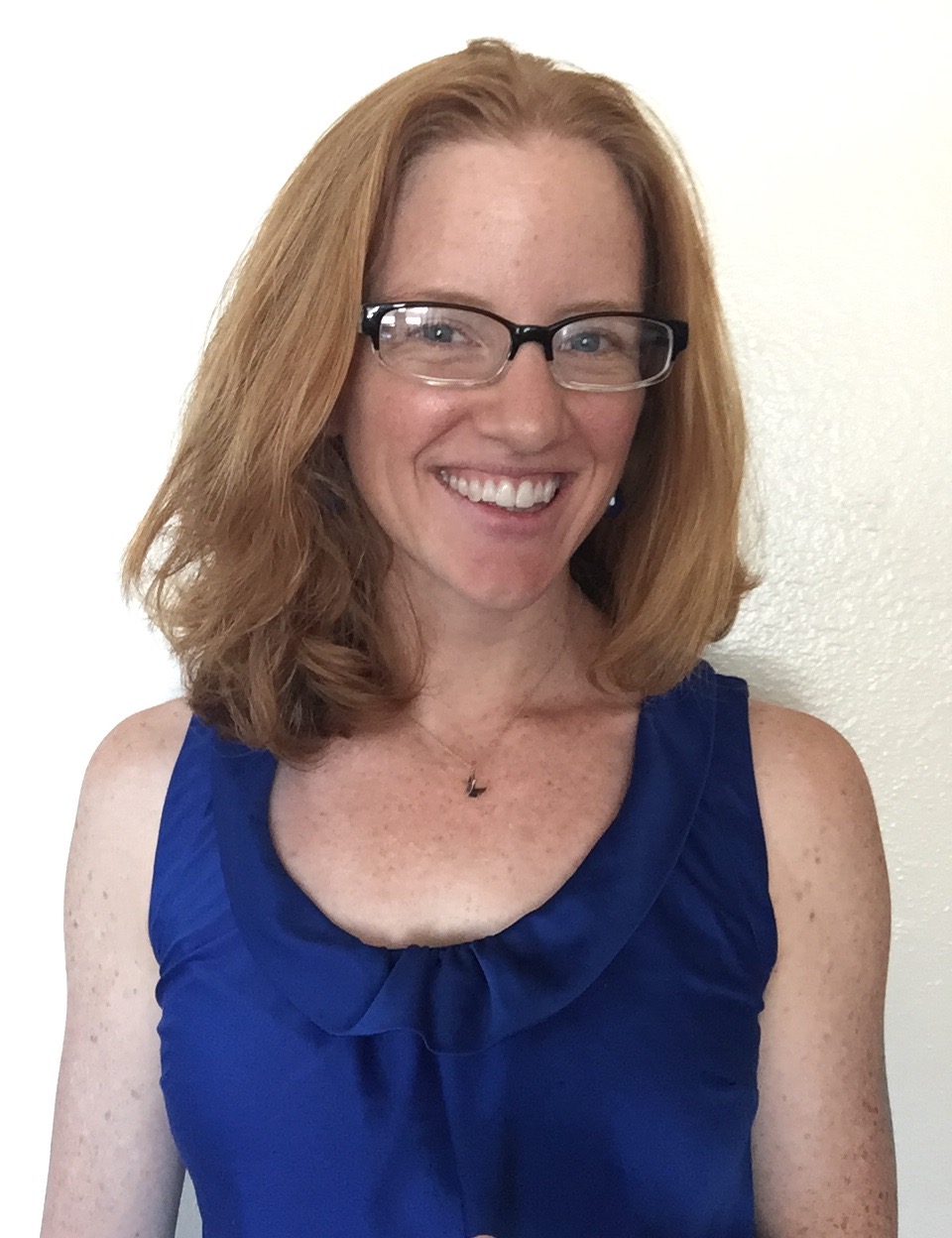1:25pm Room B - Simultaneously Understanding Individual Connection and Neural Network Differences Between Groups: Simulation Pipeline and Algorithm Development
A challenge in studies of neural network connectivity differences between two populations is to understand simultaneously both individual connectivity differences and larger-scale network connectivity differences. Because of the nature of neuroimaging data, such investigations can suffer from a massive multiple comparisons problem. Even parcelling the brain into a series of regions of interest and examining connectivity between regions can quickly result in tens of thousands of tests. The network-based statistic (NBS) method (Zalesky et al. 2010) was developed to capitalize on network connectivity information to determine statistical significance but at the cost of understanding differences in individual connections. A variation on this — threshold-free NBS (Baggio et al. 2017) — was developed to leverage group connectivity while still allowing inference on individual connections. This method, however, loses the relationships between connections that result from an NBS analysis. The current work-in-progress aims to develop an analysis that reinstates the network information lost in threshold-free NBS. As part of this work, I have developed a method for simulating resting-state fMRI data for two groups of subjects with specific connectivity differences between the groups. Such simulations are helpful in better understanding the method and its performance in a range of scenarios. In this talk, I will discuss the simulation approach and the current stage of analysis development.
Dr. Julia Fisher |

|
|
|
Assistant Research Professor |
||
Dr. Fisher received her M.S. in statistics and her Ph.D. in linguistics from the University of Arizona. Subsequently, she spent a couple years working as a staff statistician in the Statistics Consulting Laboratory before transitioning to her current position as an assistant research professor in the BIO5 Institute. Her dissertation work focused on understanding the neural processing of speech sounds. Her current work combines her backgrounds in both neuroimaging and statistics and centers on a) understanding the parameters of existing statistical methods for imaging data and b) developing new methods. She lives in Tucson with her husband, daughter, and three ridiculous cats. She loves beautifully-illustrated science literature for children, handstands, and gardening.